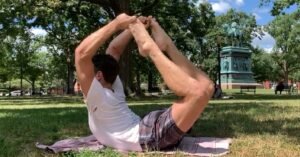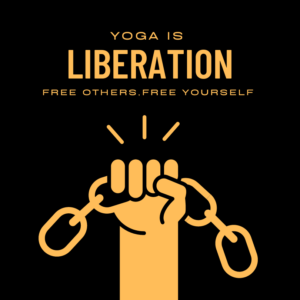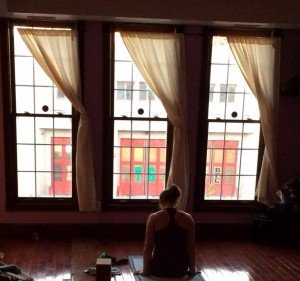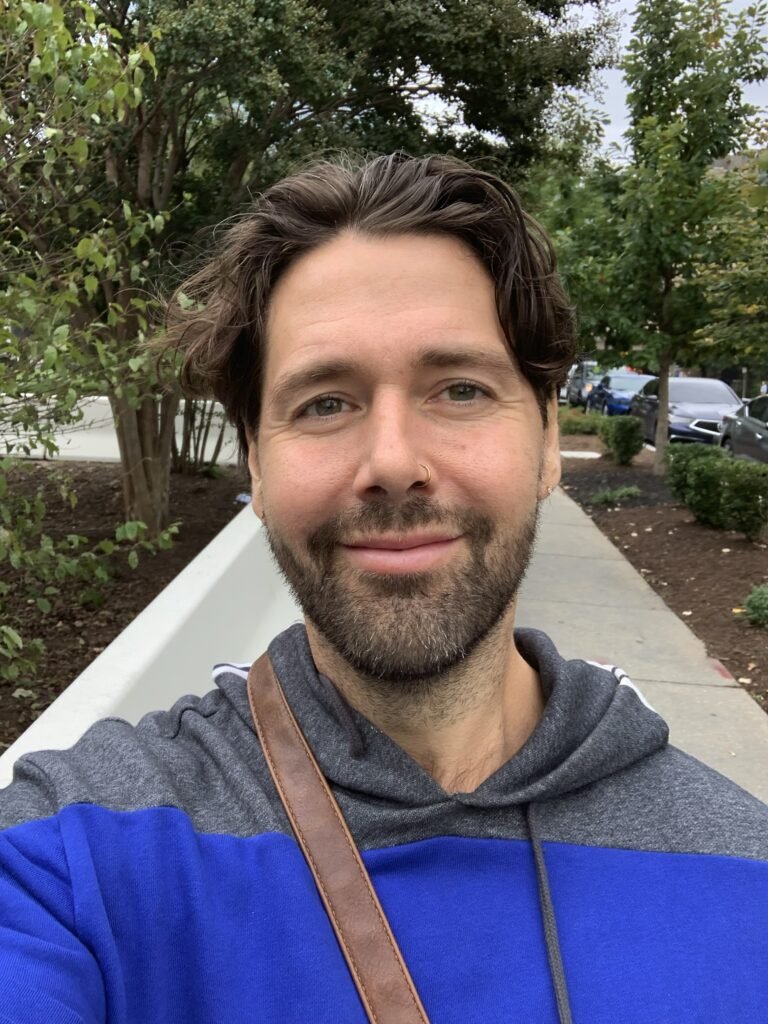Integrating Systems Thinking into Ashtanga Yoga Community Support
How a little forethought can create meaningful community support with big impact.
Support Networks
Within the Ashtanga Yoga community, various structured support networks play crucial roles in nurturing both new and experienced practitioners. We’ve got the three pillars/jewels— the teacher, the practice, and the community. But how can we make sure that practitioners are really being fully supported across all three pillars?
Let’s look at community support today. The scheme for my suggestions goes something like this: start hyper local— think mat-to-mat. Then a little broader, the studio in general. Then the neighborhood. Then, dig deep, beyond the obvious. But it all starts with easy, simple, and familiar.
Here are some super easy initiatives that we’ve implemented at the yoga club that I think really help. I bet you can begin implementing at your home shala to start encouraging more robust support for practitioners.
- Lending Library: A resource that promotes further individual research and deepens practice understanding.
- Open-Door Policy for Q&A: A teacher is available for questions, ensuring that practitioners have direct access to expert advice and guidance.
- Group Q&A Sessions: Regularly scheduled sessions that allow group discussions, fostering a community learning environment.
- Peer Interaction: Encouraging practitioners to ask questions and share insights with each other, enhancing communal knowledge and support.
Systems Thinking in Support
Applying systems thinking to these support networks enhances their effectiveness by acknowledging the natural dynamics within the community. Recognizing the trade-offs between more open discussion environments and the need for structured learning times helps manage community interactions effectively. For example, balancing discussion dynamics can foster a more engaged atmosphere, increasing participation and communal bonding, while encouraging autonomy in learning empowers students to take charge of their learning, alleviating the instructional burden on teachers.
Practical Interventions for Enhancing Community Support
Targeted interventions can also enhance interpersonal relationships and reduce competitive tensions within the community. For instance, fostering collaboration over competition by pairing students on yoga-related tasks can shift the focus from individual achievement to team effort, reducing competitive tensions and building camaraderie. Similarly, encouraging social interactions during practice helps manage the dynamics of a crowded room and minimizes discomfort from accidental physical contact, enhancing the community feeling.
Further enhancing community support, modeling accountability and openness is vital. Teachers must openly apologize and correct course when necessary, which not only upholds the values of honesty and integrity but also fosters a safe and respectful environment where learning is encouraged. Publicly acknowledging errors and limitations demonstrates humility and a commitment to continuous improvement, while referring students to other resources ensures they receive the best possible guidance.
Engaging with Broader Communities
Beyond the Yoga Studio
The Ashtanga Yoga community’s engagement extends beyond the studio doors to maximize its positive impact. Engaging with local schools, hospitals, and businesses introduces diverse groups to the benefits of yoga, fostering broader societal well-being and understanding.
Outreach and Impact
Initiatives like volunteering at schools to present yoga programs that intersect with activities like break dancing make yoga more relatable and accessible to young people. Participating in public events, even at a lower pay, helps reach a wider audience, demonstrating the power and authenticity of Ashtanga Yoga and encouraging more individuals to consider it as a tool for personal and communal wellness.
Community Integration of Yoga Leaders
The presence of yoga leaders within the local community significantly enhances the program’s outreach and authenticity. By residing in the same city or neighborhood where their programs operate, these leaders foster trust and relatability, making it easier for the community to engage with and participate in the yoga program. This approach underscores the importance of a grounded, community-oriented leadership in expanding the impact of Ashtanga Yoga, ensuring that it serves as a genuine and integrated part of community life.
Community Outreach to Underserved Areas
Ethical Considerations in Yoga Practice and Outreach
Extending Ashtanga Yoga into diverse settings requires vigilance against the potential glorification of specific body types. Promoting inclusivity and diversity by adjusting physical practice, language, and imagery in yoga spaces is crucial. Educational outreach is also part of community engagement, emphasizing the depth of Ashtanga Yoga beyond physical postures and highlighting its benefits for overall health and recovery in diverse contexts.
By upholding these values, the Ashtanga Yoga community can embody the transformative potential of yoga and make it accessible and relevant to all segments of society.









[…] us grow. This shared effort boosts our personal progress and becomes a great source of motivation.910 The Ashtanga Yoga community values the teacher, the practice, and each other. Sharing this journey […]